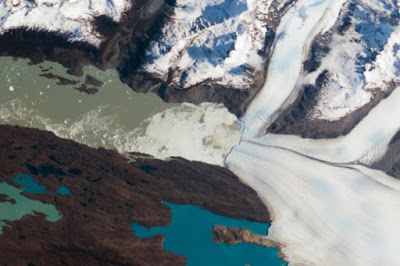The Ice Age and Astronomical Theory
Secular scientists believe we've had several ice ages on Earth, but they do not have a satisfactory explanation, so they dream up other ideas (see "Ice Age Climate Theory Wobbles"). The discarded Milankovitch mechanism was proposed in the 1800s, but rejected. Milankovitch tweaked it, only to have it discarded again. It was dusted off in the 1970s and saddled up again.
Recent attempts involve using the Milankovitch method to date rocks as well as account for the Ice Age (yes, I wrote Ice Age in the singular, creationists believe there was only one). There are numerous problems with the method, but facts and difficulties are pretty much ignored by secular scientists — can't let facts get in the way of a good story, right? One of the biggest difficulties is that the precessional cycle between Earth's hemispheres is out of phase, the opposite of what is expected. In reality, the Genesis Flood is by far the best explanation for the Ice Age on our recently-created planet.
 |
| Upsala glacier photographed from the International Space Station, Image credit: NASA (Usage does not imply endorsement of site contents) |
The astronomical theory of the Ice Age is based on cyclical changes in the earth’s orbital geometry. It is also known as the Milankovitch mechanism after the Serbian scientist who refined the theory. The theory is composed of an eccentricity cycle of about 400 ka (thousand years) and 100 ka, a tilt cycle of 41 ka, and a precessional cycle of about 21 ka. These cycles generally redistribute the solar radiation by latitude (tilt cycle) and by season (the precessional cycle) but barely change the total amount of radiation hitting the earth.You can read the rest by clicking on "Phase problems with the astronomical theory".
When summers have less solar radiation at 65°N latitude, a glacial or stadial climate occurs and for summers with more solar radiation, an interglacial or interstadial climate results. Stadials are short cold intervals of a few tens of thousands of years (assuming the secular timescale) within warmer interglacials, while interstadials are short warmer intervals within glacial periods.